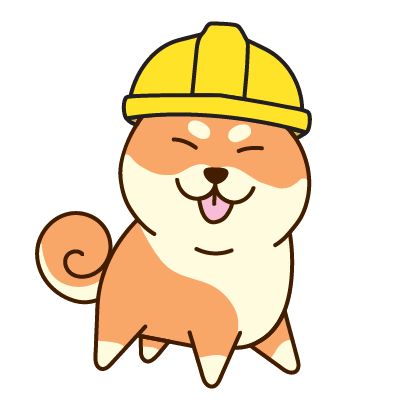322 reads
Knitting Helps You Understand Programming Patterns
by
April 5th, 2022
Audio Presented by

Full-stack web developer, crafter, blogger, cosplayer, fiber artist, yoga teacher, and gamer
About Author
Full-stack web developer, crafter, blogger, cosplayer, fiber artist, yoga teacher, and gamer